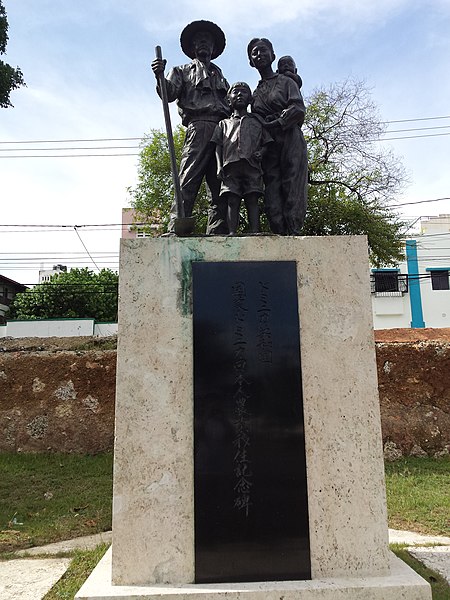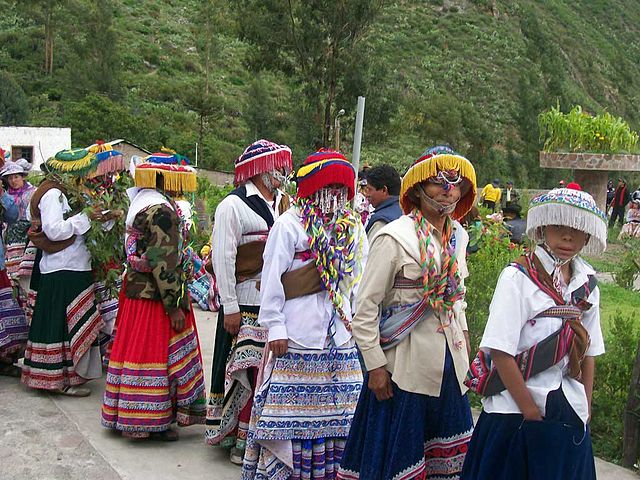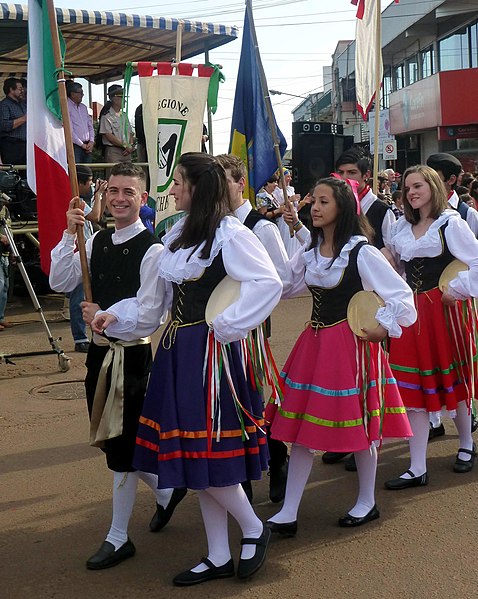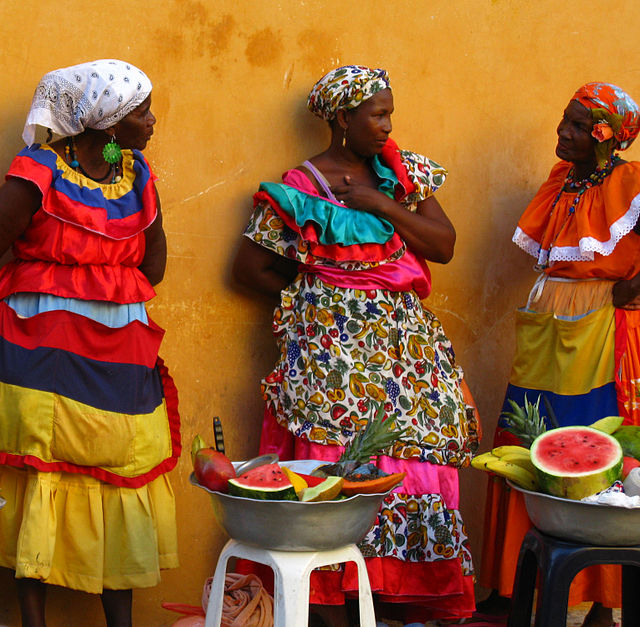Asian Latin Americans are Latin Americans of Asian descent. Asian immigrants to Latin America have largely been from East Asia or West Asia. Historically, Asians in Latin America have a centuries-long history in the region, starting with Filipinos in the 16th century. The peak of Asian immigration occurred in the 19th and 20th centuries. There are currently more than four million Asian Latin Americans, nearly 1% of Latin America's population. Chinese, Japanese, and Lebanese are the largest Asian ancestries; other major ethnic groups include Filipinos, Syrians, Indians, and Koreans. Brazil is home to the largest population of East Asian descent, estimated at 2.08 million. The country is also home to a large percentage of West Asian descendants. With as much as 5% of their population having some degree of Chinese ancestry, Peru and Mexico have the highest ratio of any country for East Asian descent. Though the most recent official census, which relied on self-identification, gave a much lower percentage.

Chinese immigrants working in the cotton crop (1890) in Peru.
Chinatown, Lima-Peru.
The Liberdade neighborhood is a Little Tokyo of São Paulo.
Monument dedicated to Japanese Immigration in Santo Domingo (Paseo Bellini).
Latin Americans are the citizens of Latin American countries.
Wititi dancers from Colca Canyon, Peru. Indigenous people make up most of the population in Bolivia and Guatemala, and a quarter in Peru
Mexican musicians from the Jalisco Philharmonic Orchestra. Mestizos comprise the majority of Mexicans
Italian Argentine youths in Oberá. Over 60% of Argentina's population has some degree of Italian ancestry.
Afro-Colombian fruit sellers in Cartagena.








